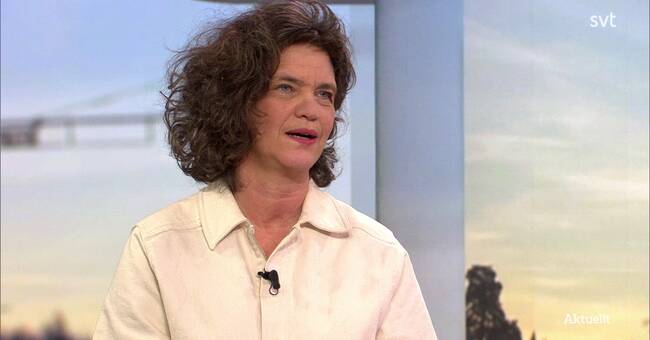A light that goes out when trains approach.
This is what the warning system looks like at the railway crossing where the notorious fatal accident in Västernorrland occurred this weekend.
- First you have to say that it is awful, that it is not really possible to dress in words when it is this way, says Maria Krafft, traffic safety director at the Swedish Transport Administration.
- But this type of transition is not satisfactory, because it is based on the fact that at each passage, an incredible amount of responsibility is placed on the person who passes each time to make the right decision, and that is not how we want it.
Expensive and slow road safety work
There are about 3,500 similar, unattended transitions in Sweden.
The Swedish Transport Administration has previously stated that it is not a traffic solution you want to keep at all.
- You should not defend these solutions, they came up in the 50's, it was a solution for those who lived in the property between the fields, who were then instructed how to do, but this is not good, and they are on their way away, says Maria Krafft.
Work is underway to make these places safer for those passing by, and they are gradually being removed.
- But it is costly.
Therefore, we need to make the measures based on a priority order that we have.
The Swedish Transport Administration has a plan to remedy 1,000 level crossings by 2025.
"Chance decides"
The authority has tried to focus on the most risky traffic crossings, something the level crossing in Söråker was not classified as.
- It is rather chance that decides where it happens next time.
So we have two deaths a year or so in this way, and we do not know when it will happen next time, says the director of road safety.
Despite this, the dangerous transitions will remain around the country for a number of years to come.
- It takes time because the state does not own the land where they are located, which means that negotiations must take place, and it is usually with several landowners.
- If we had only had this concern, we could have increased the pace in a different way.
If we back out, this type of accident accounts for maybe 3 percent of all those killed on the railways, so we have quite a few challenges.

